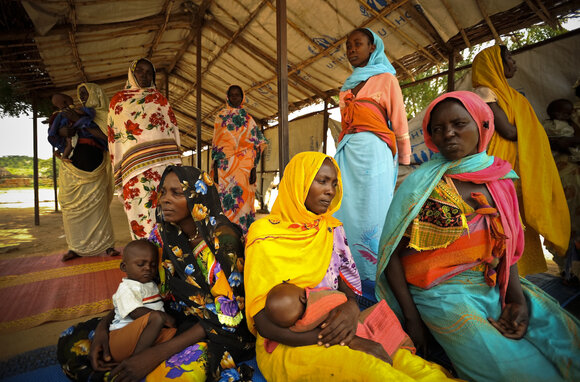
This page contains documents and other resources related to children's care in Africa. Browse resources by region, country, or category. Resources related particularly to North Africa can also be found on the Middle East and North Africa page.
This page contains documents and other resources related to children's care in Africa. Browse resources by region, country, or category. Resources related particularly to North Africa can also be found on the Middle East and North Africa page.
Displaying 1481 - 1490 of 2570
This report builds on the previous editions and findings of various studies undertaken by ACPF and other child-focused organizations which consistently show that there is insufficient progress on implementation of laws and polices pertaining to children.
CPC Learning Network Associate Director, Mark Canavera, Janis Ridsdel from UNHCR, Sara Lim from UNICEF, and Nathalie Bussien, UNHCR Child Protection Officer in Rwanda will host a webinar on “Determining Acceptable Customary Caregiving Arrangements with Congolese Refugees in Rwanda” on Monday, December 19 from 9:00-10:30 am EDT.
This project adds to the newly emerging literature on orphan tourism. In-depth, open-ended interviews and participant observations were conducted over a three-month period with American travelers to a Malawian orphanage between 2009 and 2010.
Oak Foundation is recruiting a Programme Officer for the Child Abuse Programme and its work in East Africa, who will also have some administrative responsibility for Oak Foundation’s office in Dar-es-Salaam.
This video from The Guardian discusses how six weeks after the Calais migrant camp was demolished, unaccompanied minors were transferred around France and are still waiting to hear from the Home Office.
UNICEF and Gambia announced the launch of Gambia's National Child Protection Policy 2016-2020.
This technical advisory paper is prepared for the Ministry of Gender, Labour and Social Development to guide the scope of the National Children Policy expected to replace the existing National Policy on Orphans and Other Vulnerable Children in Uganda which has been in existence for past 12 years.
The attached Summary Sheet, provides a short summary of the preliminary findings of the 2015-2016 ZIMPHIA Report.
In this Innocenti Podcast, Tia Palermo discusses The Transfer Project, a government run large-scale social cash transfer program in Sub-Saharan Africa.
This document is an evaluation of Retrak’s reintegration of street children and community-based child protection project in SNNPR, Ethiopia.